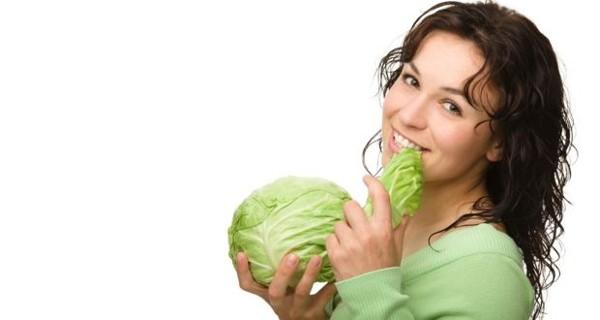Nutrition Fact Label: Unlock the Weight Loss Mystery!
Educate yourself about nutrition fact labels to help you achieve and maintain good health. The relevant information provided by these food labels makes it possible for you to quit guessing and estimating and start succeeding in the quest to reach your desired weight! Make this one of your most treasured tools to help you reach all of your wellness goals.
The most essential piece of information offered by the nutrition fact label is the serving size and the number of servings per container. Everything else on the food label depends on this information being accurate. Looks can be deceiving! Always look to see how much you are consuming.
Your food label will also provide the total calories and the number of calories from fat. It takes 3500 calories to equal a pound. In order to reach and then maintain your ideal weight, you must expend more calories than you consume. Remember that everything is listed per serving on the label; therefore you may have to double your calories if you eat two servings.
Nutrition numbers are the next piece of information provided. These include total fat, saturated fat, trans fat, total carbohydrates, fiber, sugars, protein, cholesterol, and sodium. Sometimes you will see monounsaturated and polyunsaturated fats as well. Even though manufacturers are not required to do so, many also include potassium, vitamins, and minerals on their labels.
The food label is organized in such a way that you want to avoid too much of the nutrients listed first. Diets high in fats, cholesterol, and sodium can increase your risk of cancers, high blood pressure, and heart disease. The nutrients listed next are the ones you want to make sure you consume plenty of in your diet. Fiber, calcium, and vitamins A and C all promote good health.
Some nutrition fact labels are longer than others. The footnote at the bottom is often incomplete, depending on available space. The footnote is standard and is not based on the nutritional value of the food item. It simply explains that all dietary recommendations for Americans are based on a 2,000-calorie diet.
Also listed on nutrition fact labels is the Percent Daily Value (%DV). This is a valuable tool that shows you how much of each nutrient one serving provides based on a 2,000 calorie-per-day diet. You do not have to consume 2,000 calories a day to use these numbers. This is just the standard. You don’t have to calculate anything in order to benefit from this information! The %DV does the math for you!
There is no %DV for sugar, protein, or trans fat. Keep in mind that sugar has many synonyms, such as sucrose, fructose, maltose, lactose, honey, syrup, corn syrup, high-fructose corn syrup, molasses, and fruit juice. It should be used sparingly. Trans fat should be avoided at all times, as it is associated with high LDL cholesterol levels. Protein, on the other hand, only has to be given a %DV if it claims to be “high in protein” or if the product is for children under the age of four.
If used correctly, nutrition fact labels are an extremely valuable resource, but unfortunately, they are not always available. For those times when you don’t have the option of using a nutrition fact label, equip your kitchen with an Eat Smart Nutrition Scale. This impressive food scale instantly calculates and displays key nutrients for specific portions of 999 foods! It serves as a “food guidance system” as you work to achieve a healthy lifestyle.
About the Author: Gail M. Davis offers an informative guide to understanding and using nutrition fact labels and much more on her site, Easy Weight Loss Tips. Check out the Eat Smart Scale to make healthy food choices.
-
How to overcome top 10 excuses for not exercising
-
Healthy Weight reduction – Lose Weight the healthful and uncomplicated way with these eight recommendations – Eating habits
1. Augment the intake of Omega 3 fatty acids. They’ve the abilit
-
The Banana Weight Loss Program – Why It Fails To Work
The banana diet is an a product clients in my Skinny Asian Diet progr
-
How to tighten loose, saggy skin after weight loss
-
Workout Mistakes in Fat Loss Programs
Are you making these common mistakes that frequently RUIN people’
-
Weight Loss Tips For Rapid Body Change
Yoga is a form of exercise that focuses mainly on enhancing the elasti
- DON'T MISS
- Proactol – Ways Effective Is It To Lose Weight Through This Capsule?
- New “Eating For Your Eye Color” Weight Loss Diet
- The No Diet, No Exercise Weight Loss Phenomenon
- Suggestions For Weight Loss Recipes Presented
- Healthy recipes: Grapes and walnut dip
- An Amazing Start In The Direction Of Weight Loss
- 5 yoga asanas that can help boost your metabolism
- Shed Unwanted Weight — Strategies to Tackle This important Issue
- Producing Weight loss Several Losers Final decision Fat loss System
- Get Weight Loss Help Here And Now




